Introduction:
Goa, a land of sun-kissed beaches and vibrant culture, also boasts a rich historical heritage. Its historic forts, standing as timeless sentinels, tell tales of the region’s past. In this blog, we’ll delve into the history and significance of the 14 best forts in Goa, along with guidance on how to reach each one.
Nestled along the shimmering Arabian Sea, Goa, often hailed as India’s beach paradise, offers far more than just sun-kissed sands and a vibrant coastal culture. This coastal state, steeped in history, tells tales of colonial conquests, maritime trade, and strategic fortifications through its ancient forts. In this enchanting blog, we embark on a journey to explore the captivating history and significance of the 14 best forts in Goa. Beyond their picturesque settings and panoramic vistas, these forts are a testament to Goa’s enduring past and its enduring spirit.
A Glimpse into the Past: Goa’s fortresses were born from the ambitions of empires, the dreams of explorers, and the necessity of safeguarding valuable coastal territories. Each fort bears the marks of the era it represents, be it the early 17th-century Portuguese stronghold of Aguada or the ancient Cabo de Rama Fort, which whispers tales of Hindu legends. These architectural marvels have withstood the tests of time, changing hands, and evolving purposes, yet they continue to stand tall as silent witnesses to history.
Exploring the 14 Best Forts: Our journey takes us from the well-known to the lesser-explored, starting with the iconic Aguada Fort, where fresh water once sustained weary sailors, to the rugged heights of Chapora Fort, made famous by Bollywood’s “Dil Chahta Hai.” We’ll unravel the stories behind each fort, such as the strategic significance of Cabo de Rama, the transformation of Terekhol into a charming retreat, and the cultural legacy of Reis Magos Fort.
Navigating Through History: To make your exploration seamless, we’ll also guide you on how to reach each fort. Whether you’re venturing to the northern reaches of Chapora Fort or the southern shores of Cabo de Rama, we’ll provide directions, ensuring that your journey is as smooth as the Goan breeze.
Join us on this voyage through time and stone, as we embark on a virtual tour of Goa’s 14 best forts. Whether you’re a history enthusiast, an architecture admirer, or simply seeking awe-inspiring views, these forts have something extraordinary to offer. As we journey through their storied pasts, you’ll discover that Goa’s beauty extends far beyond its famed beaches, deep into its fortified heart.
1. Aguada Fort:
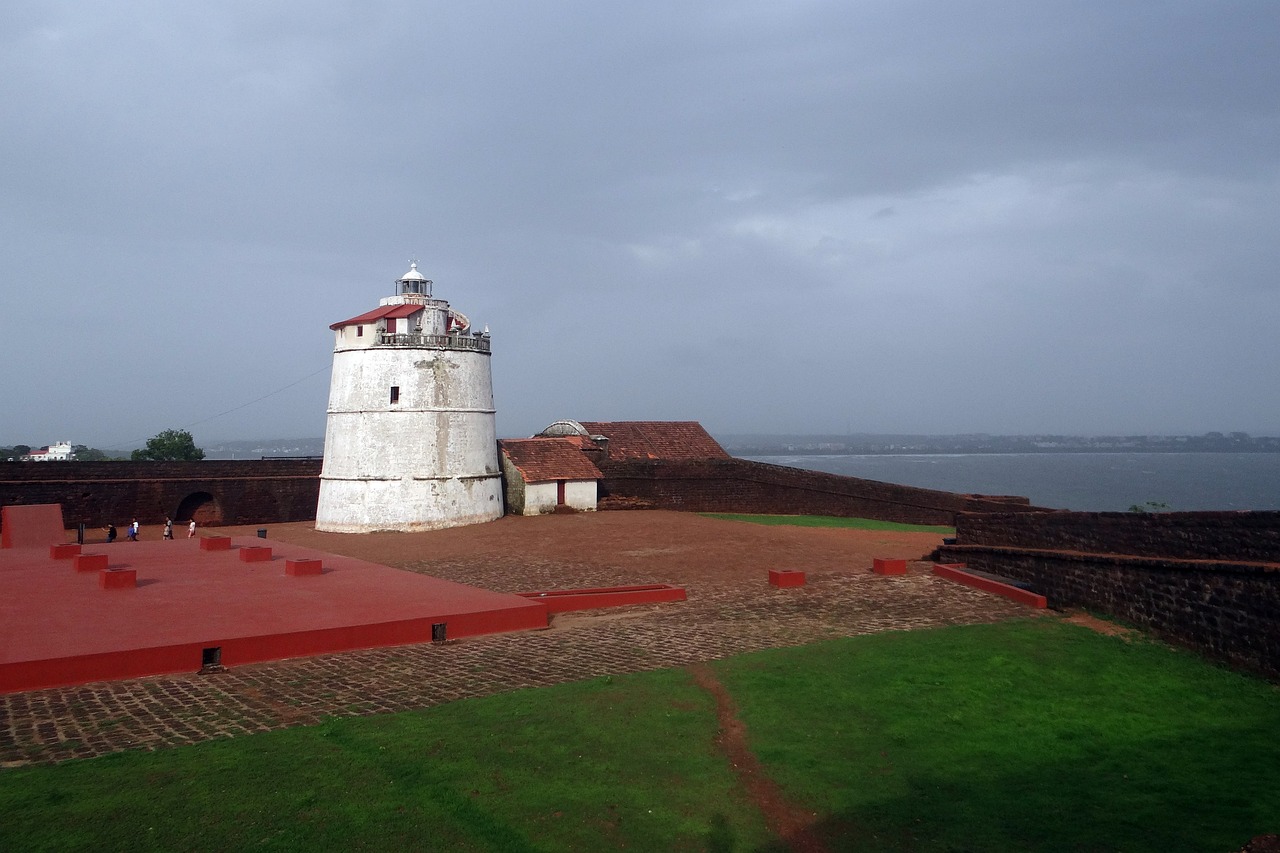
- History: Built by the Portuguese in the 17th century, Aguada Fort served as a crucial defense post and a freshwater supply source for passing ships. Its towering lighthouse remains operational to this day. Aguada Fort, located in North Goa, was constructed by the Portuguese in the early 17th century. The fort gets its name from the Portuguese word “água,” meaning water, as it served as a vital freshwater supply point for passing ships. Its strategic location allowed it to control access to the Mandovi River and protect against potential enemy attacks. The fort features a well-preserved lighthouse, one of Asia’s oldest, which continues to guide ships safely along the coast.
- How to Reach: Located in North Goa, you can easily reach Aguada Fort by road from Panaji, Goa’s capital, or via a short boat ride from Sinquerim Beach. Google Map Location
2. Chapora Fort:
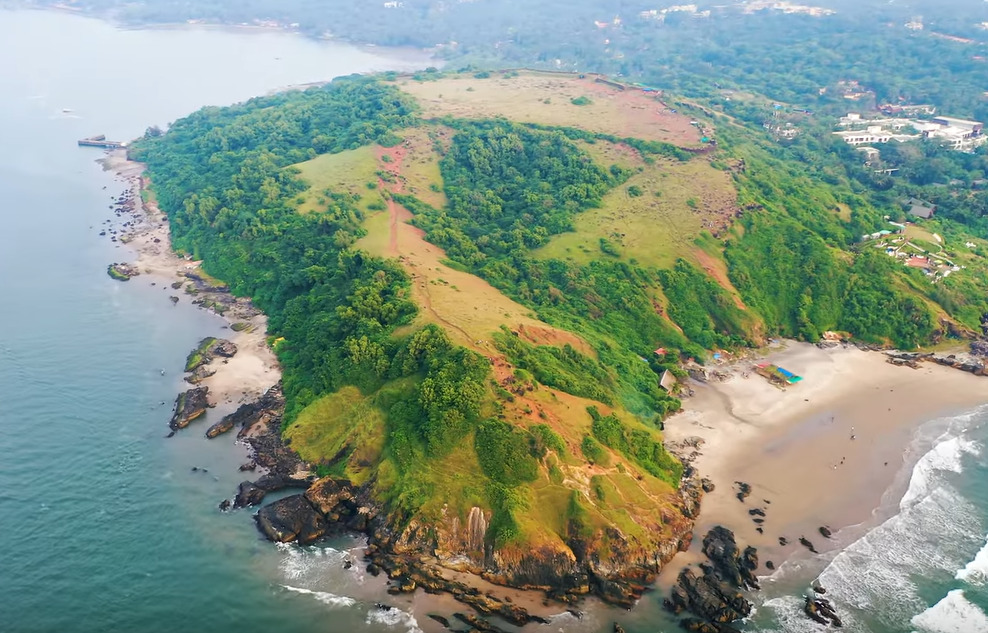
- History: Perched atop the Chapora River, this fort has witnessed Portuguese and Maratha rule. Made famous by the Bollywood movie “Dil Chahta Hai,” it offers stunning panoramic views. The history of Chapora Fort is closely tied to the various rulers of Goa. Originally built by the Adil Shah of Bijapur in the 16th century, it fell into Portuguese hands in 1717. The Portuguese then rebuilt the fort to strengthen its defenses. Today, Chapora Fort is famous for its stunning views of the Arabian Sea and the nearby Vagator Beach. It also gained popularity through the Bollywood movie “Dil Chahta Hai,” which featured the fort prominently.
- How to Reach: Located in North Goa, Chapora Fort is accessible by road, a short drive from Vagator Beach or Anjuna Beach. Google Map Location
3. Cabo de Rama Fort:
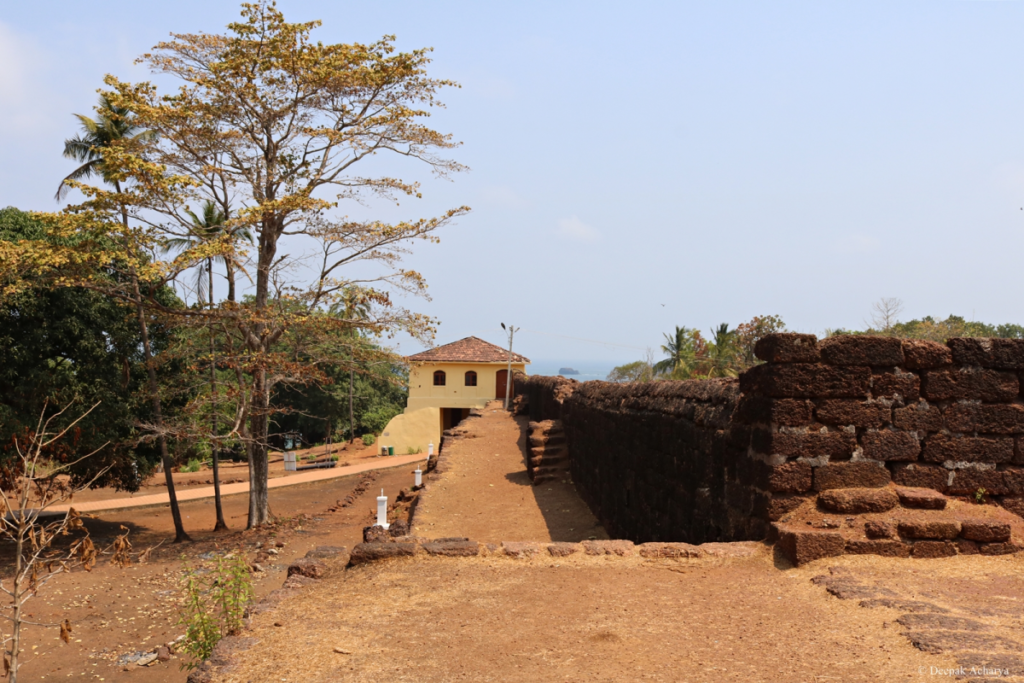
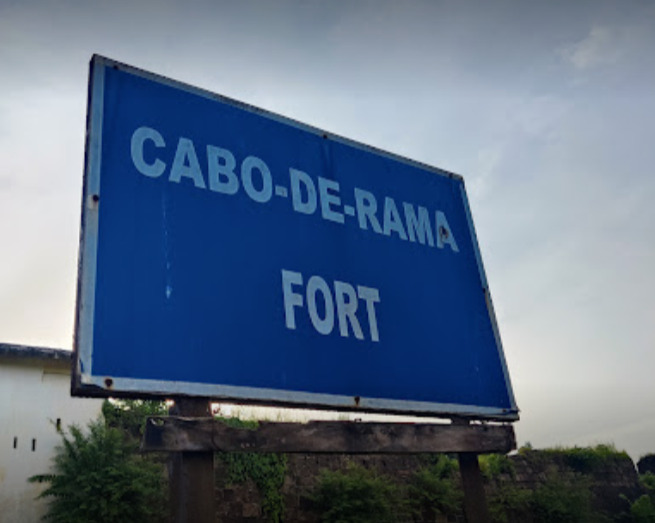
- History: This fort’s history dates back to ancient Hindu times. Later, the Portuguese rebuilt it, naming it after Lord Rama. It provides breathtaking vistas of the Arabian Sea. Cabo de Rama Fort, located in South Goa, has a history that dates back to ancient Hindu times. It is believed to be named after Lord Rama, who, according to legend, sought refuge here during his exile. The Portuguese later captured and rebuilt the fort in the 18th century. It served as a strategic vantage point, offering breathtaking views of the Arabian Sea and nearby beaches.
- How to Reach: Situated in South Goa, Cabo de Rama Fort is accessible by road, approximately 45 kilometers from Margao. Google Map Location
4. Terekhol Fort:
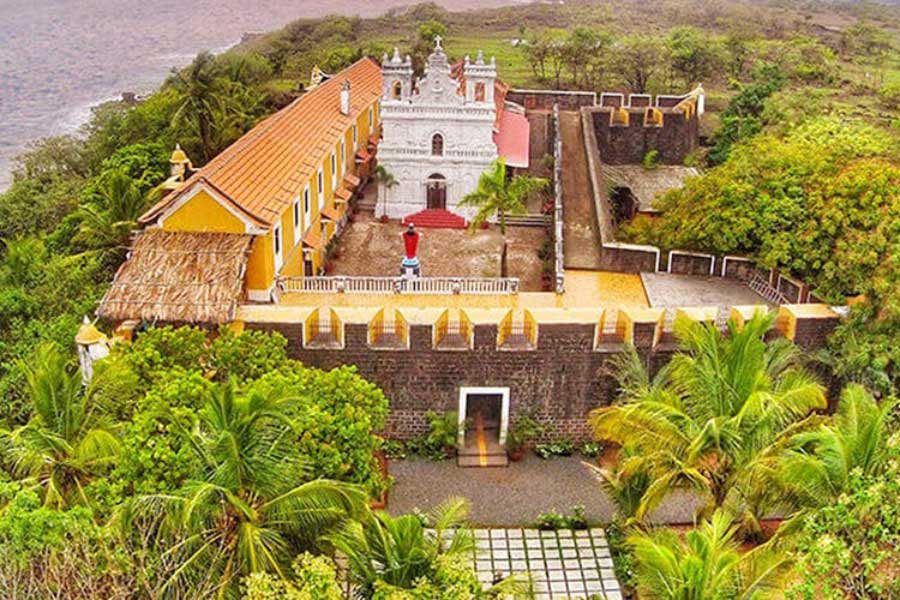
- History: Originally a Hindu fort, Terekhol was captured by the Portuguese. Today, it houses a hotel and offers picturesque views of the Terekhol River. Terekhol Fort, situated near the Terekhol River in North Goa, has a history that can be traced back to the 17th century. Originally a Hindu fort, it was captured by the Portuguese in the 18th century. Today, the fort houses a charming heritage hotel and offers panoramic views of the river and surrounding areas.
- How to Reach: Located in North Goa, you can reach Terekhol Fort by road or by taking a ferry across the river from Querim Beach. Google Map Location
5. Reis Magos Fort:
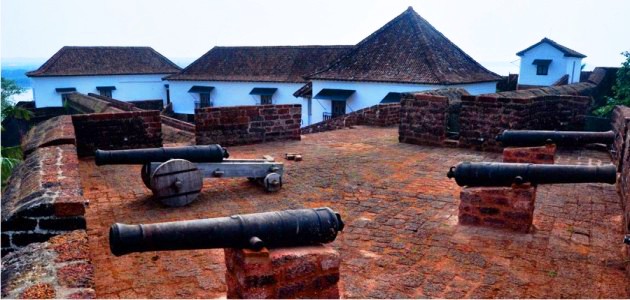
- History: Built in 1551, this fort was designed to protect the entrance to Goa’s largest port, Old Goa. It now hosts cultural events and offers insights into Portuguese architecture. Reis Magos Fort, located on the northern bank of the Mandovi River, was constructed in 1551. Its primary purpose was to guard the entrance to Goa’s largest port, Old Goa, and protect it from enemy attacks. The fort is known for its impressive architecture and served as a residence for viceroys during the Portuguese colonial era. Today, it hosts cultural events and provides insights into Portuguese military and architectural heritage.
- How to Reach: Situated near the Mandovi River, Reis Magos Fort is easily accessible by road, just 7 kilometers from Panaji. Google Map Location
6. Corjuem Fort:
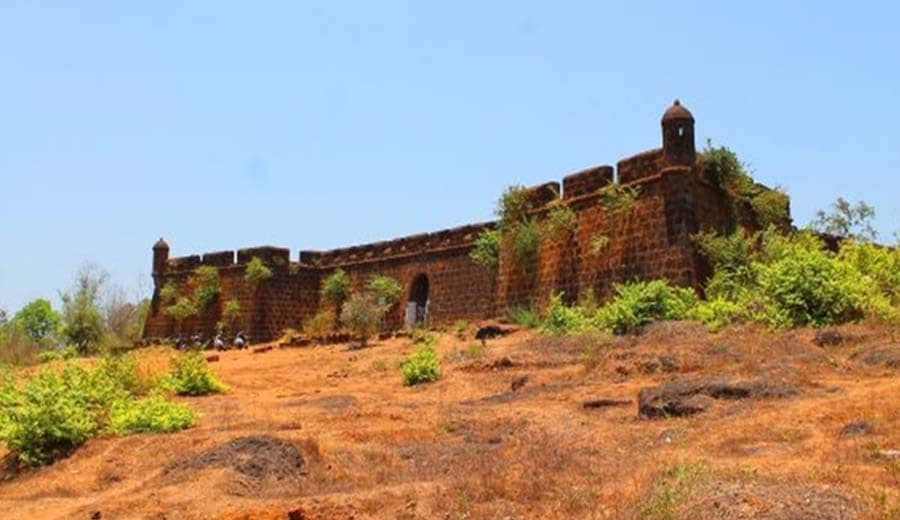
- History: Corjuem Fort is one of the smaller forts in Goa, constructed to defend against invading Marathas. It provides a glimpse into Goa’s military history. Corjuem Fort is one of the smaller forts in Goa, built to defend against invading Marathas in the 18th century. Though modest in size, it offers a glimpse into Goa’s military history and provides panoramic views of the surrounding countryside
- How to Reach: Located in North Goa, Corjuem Fort is reachable by road, a short drive from Aldona Village. Google Map Location
7. Mormugao Fort:
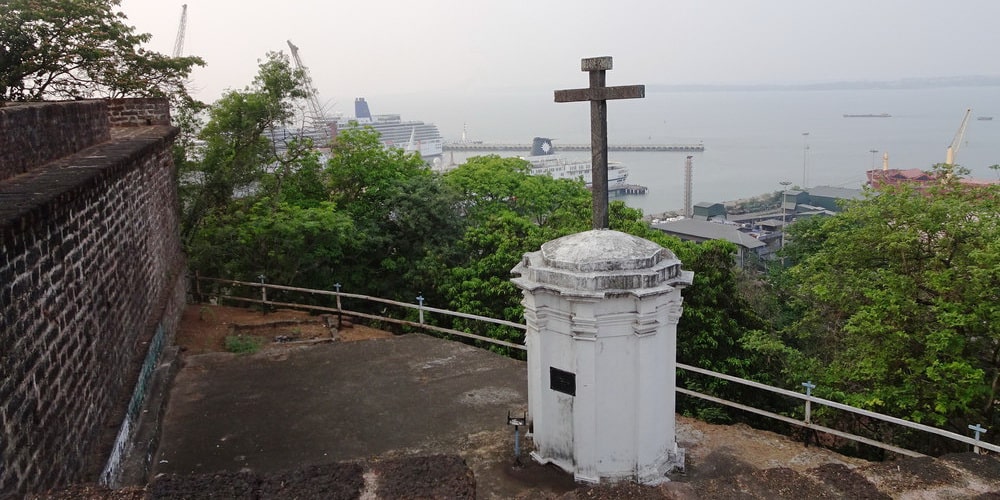
- History: Built by the Portuguese in the 17th century, Mormugao Fort guarded the entrance to the Mormugao harbor. Today, it stands as a testament to their military engineering. Mormugao Fort, also known as the Monte Fort, was constructed by the Portuguese in the 17th century to protect the Mormugao harbor. The fort’s strategic location allowed it to control the entrance to the harbor and safeguard against enemy ships. Over the centuries, it has served various purposes, including as a prison during the Portuguese rule. Today, it stands as a testament to Portuguese military engineering and offers scenic views of the Arabian Sea.
- How to Reach: Found in South Goa, Mormugao Fort is accessible by road, approximately 5 kilometers from Vasco da Gama. Google Map Location
8. Rachol Fort:
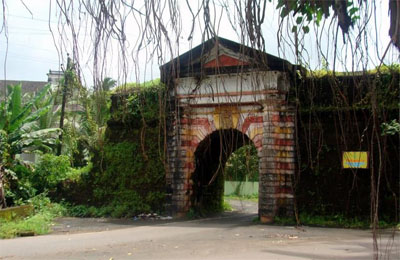
- History: Rachol Fort is steeped in history and was once a site of military importance for the Portuguese. Today, it houses the Rachol Seminary and a beautiful church. Rachol Fort, located in South Goa, has a rich history that dates back to pre-Portuguese times. It served as a military stronghold during the Portuguese era and was a site of strategic importance. Today, it houses the Rachol Seminary and a beautiful church, providing a glimpse into Goa’s religious and colonial heritage.
- How to Reach: Located in South Goa, Rachol Fort is easily accessible by road, around 7 kilometers from Margao. Google Map Location
9. Sindhudurg Fort:
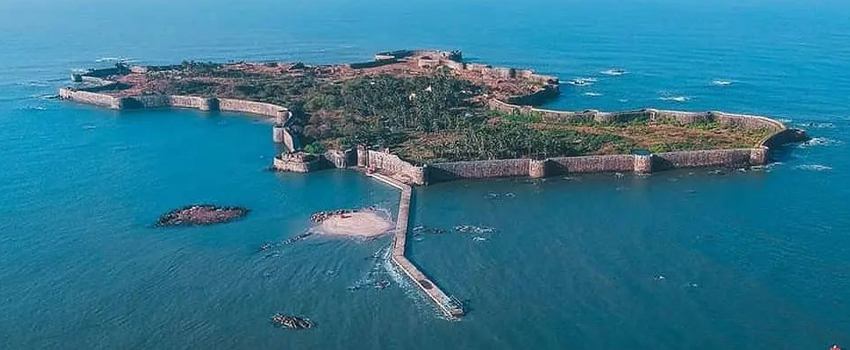
- History: While not technically in Goa (it’s in the neighboring state of Maharashtra), Sindhudurg Fort is a popular day trip destination. Built by Chhatrapati Shivaji, it’s known for its strategic location and coral reefs. While not technically in Goa, Sindhudurg Fort is a popular day trip destination for visitors to North Goa. It was built by the Maratha king Chhatrapati Shivaji in the 17th century to defend the Konkan coast. The fort is renowned for its strategic location, coral reefs, and its historical significance in the region’s maritime history.
- How to Reach: Sindhudurg Fort is reachable by road from North Goa, with a drive of approximately 120 kilometers to the Maharashtra border. Google Map Location
10. Nanuz Fort:
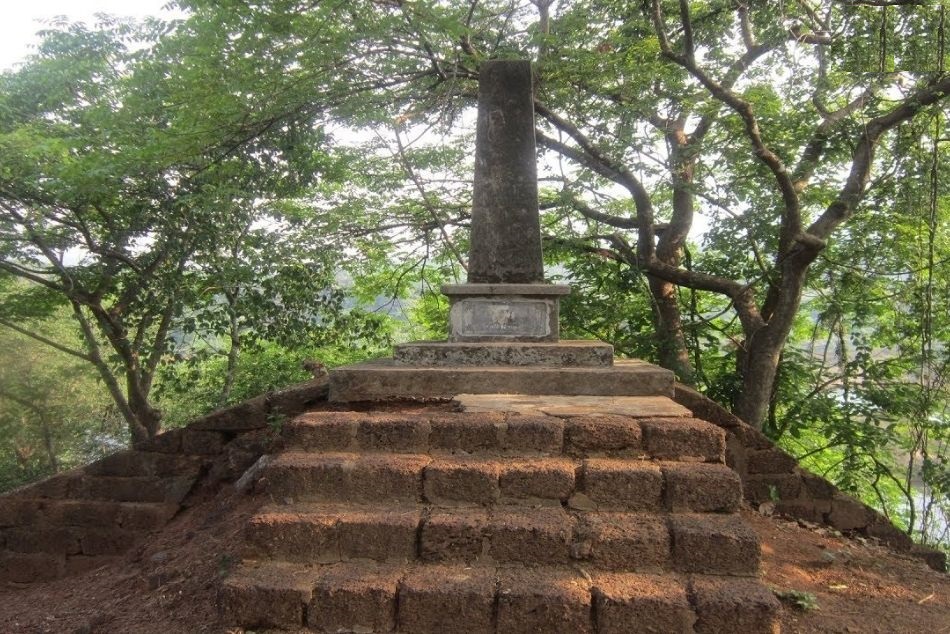
- History: Nanuz Fort was constructed in the 17th century by the Marathas and later captured by the Portuguese. It provides a glimpse into Goa’s history and architecture. Nanuz Fort, located in North Goa, has a history that traces back to the Portuguese colonial period. It stands as a testament to Goa’s architectural and historical heritage and offers visitors a peaceful place to explore.
- How to Reach: Situated in North Goa, Nanuz Fort is accessible by road, around 30 kilometers from Panaji. Google Map Location
11. Colvale Fort:
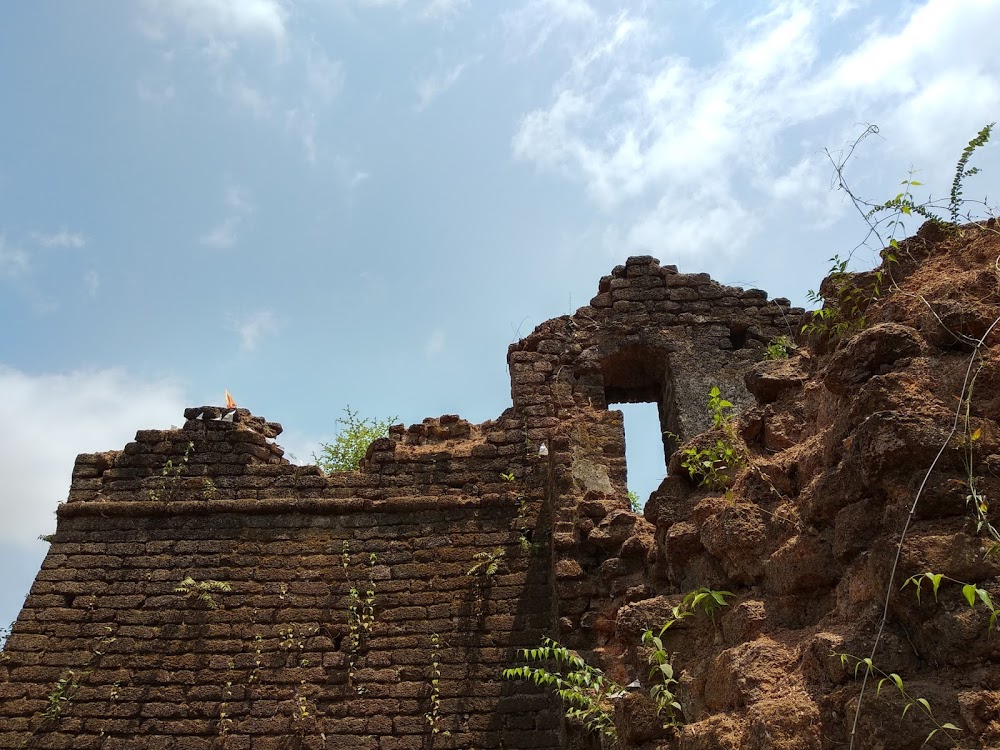
- History: Colvale Fort, also known as Alorna Fort, was built by the Bhonsle kings. Later, it fell into Portuguese hands. Today, it stands as a testament to Goa’s diverse history. Colvale Fort, also known as Alorna Fort, has a history intertwined with the Bhonsle kings and the Portuguese. Originally constructed by the Marathas, it fell into Portuguese hands during their colonial rule. The fort bears testimony to the diverse influences that shaped Goa’s history. Today, it stands as a serene monument, offering a glimpse into the region’s rich past.
- How to Reach: Located in North Goa, Colvale Fort is reachable by road, approximately 13 kilometers from Mapusa. Google Map Location
12. Redi Fort:
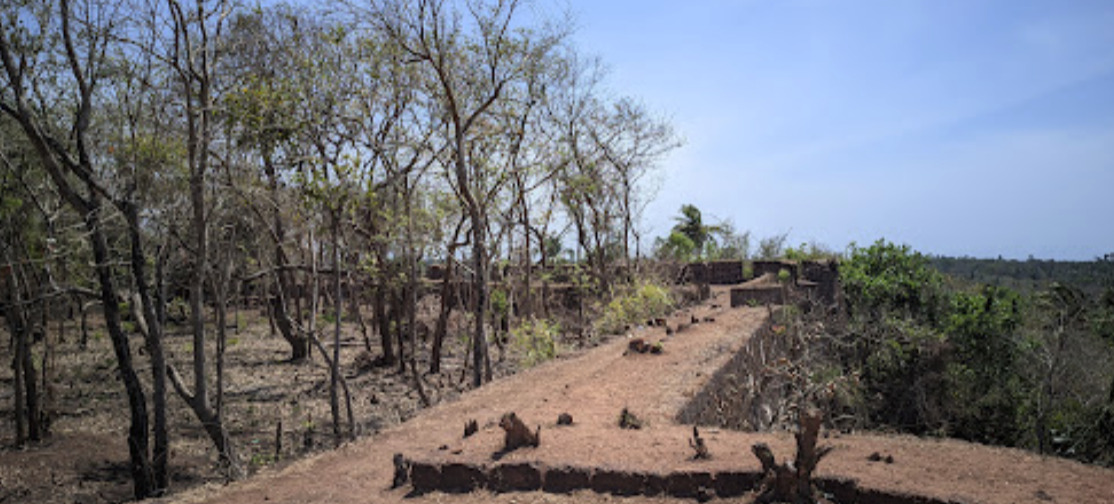
- History: Redi Fort was once a strategic defense outpost of the Marathas. It’s known for its underground tunnels, which remain a mystery to this day. Redi Fort, located in North Goa, has a storied history. It was once a strategically important outpost of the Marathas. The fort’s underground tunnels remain shrouded in mystery, leaving historians and visitors intrigued. While its exact origins are unclear, Redi Fort provides a unique window into Goa’s past.
- How to Reach: Situated in North Goa, Redi Fort is accessible by road, around 40 kilometers from Panaji. Google Map Location
13. Anjdiv Fort:
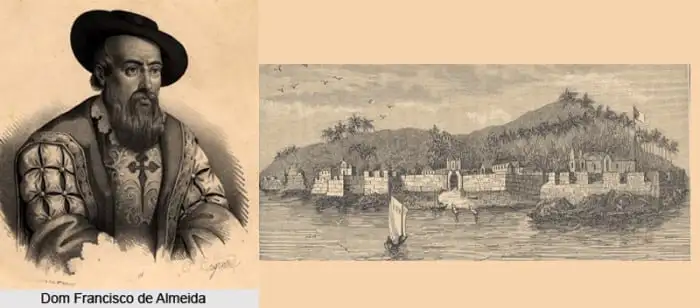
- History: Anjdiv Fort is situated on the Anjdiv Island and served as a Portuguese military stronghold. It’s now a peaceful spot for visitors to explore. Anjdiv Fort, situated on Anjdiv Island, played a crucial role during the Portuguese colonial era. It was a military stronghold that guarded the nearby coastline. Visitors can explore the island and the fort’s ruins, providing insights into the region’s historical significance and colonial architecture.
- How to Reach: Anjdiv Island can be reached by taking a boat from the mainland, such as from Anjdiv Beach or Morjim Beach. Google Map Location
14. Cabo Fort (Cabo Raj Nivas):
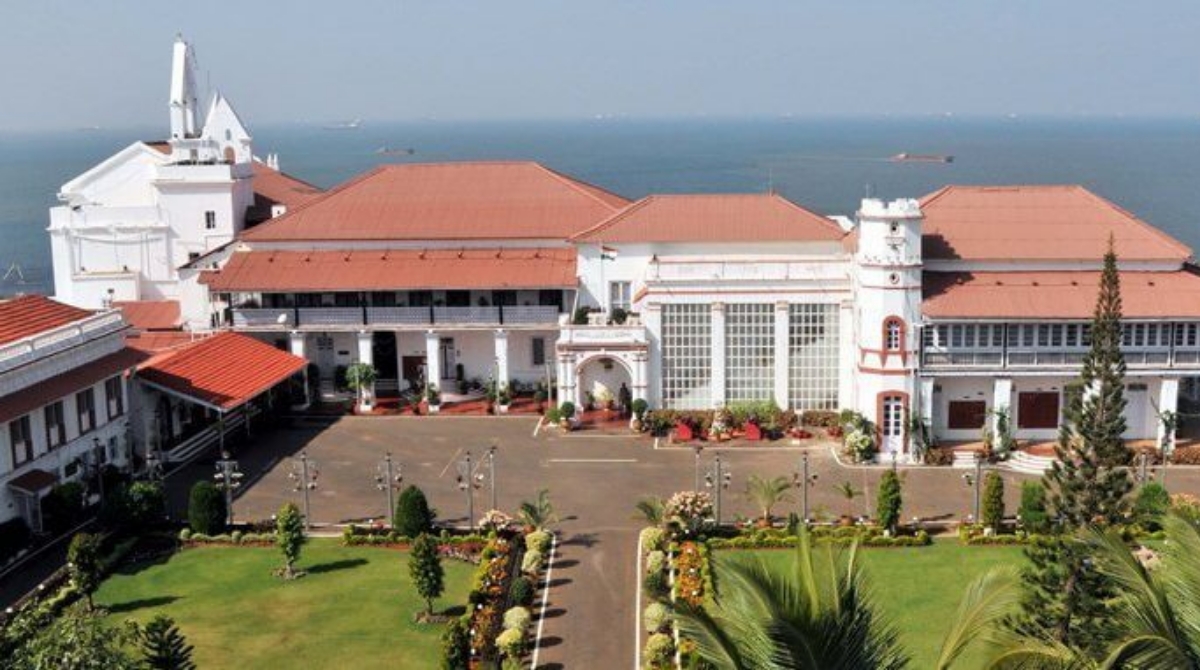
- History: Cabo Fort, also known as Cabo Raj Niwas, stands at the confluence of the Mandovi River and the Arabian Sea. It offers a tranquil escape and stunning views. Cabo Fort, also known as Cabo Raj Niwas, is situated at the confluence of the Mandovi River and the Arabian Sea, near Dona Paula in North Goa. The fort’s history is intertwined with its strategic location and role in guarding the coastline. Today, it offers a tranquil escape and a glimpse into Goa’s historical and cultural heritage.
- How to Reach: Situated near Dona Paula in North Goa, Cabo Fort is easily accessible by road, approximately 10 kilometers from Panaji. Google Map Location
Conclusion:
Goa’s historic forts are not only architectural wonders but also windows to its intriguing past. As you explore these forts, you’ll discover the diverse history and cultural influences that have shaped this beautiful region. Whether you’re interested in military history, stunning views, or simply soaking in the ambiance of these ancient structures, Goa’s forts have something to offer every traveler.These forts represent not only architectural marvels but also windows into the complex history and cultural influences that have shaped Goa over the centuries. Each fort has its own unique story to tell, making them essential historical and cultural landmarks in the region.
